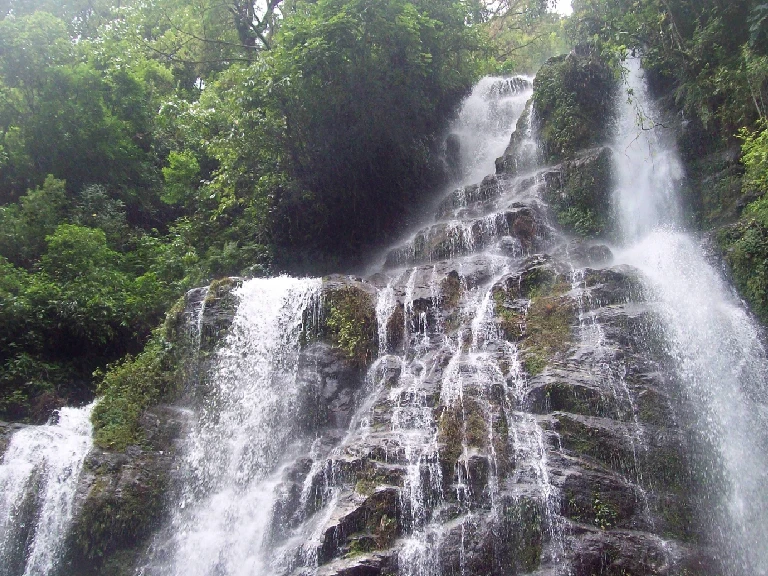Red waratah
Some say: pale are the colours
Of this parched
land;
All hues, leached
from
The empty brush
of the Maker’s hand
Desiccated, the
colours live
In opals alone from
long ago,
While the world
above, lies in dust
Its muted paints
now hardly flow
Perhaps, they haven’t
seen
The petals of the
waratah bloom,
That carmine red
that wakes up dawn
Drains the nights
of all their gloom
It is the red earth
of this land
That fills their
hearts with crimson dye,
The bushfire glow,
the ancient souls
Their blood that
flows, that cannot dry
The waratahs sway silently
-
What will we know,
outsider eyes?
What colours to
see when all our truth
Are shades of empty
monochrome lies
Yet, they do not
judge
And all who see
the waratah’s gleam
Are filled with
colours, they wake anew
In the cosmos of
the Telopea’s dream…
31st
May
The
Waratah (Telopea speciosissima) is one of Australia’s most iconic
flowers and grows only in the eastern coast of the country. The first written
record of the plant’s Aboriginal name ‘Waratah’ which means ‘red-flowering
tree,’ was made in the notebooks of the First Fleet's Lieutenant William Dawes.
The botanical name ‘telopea’ means ‘seen from afar,’ and ‘speciosissima’ means
'most beautiful'.
The
red waratah is perhaps one of the most resplendent of native blooms, both in
colour and in floral beauty. It is the state flower of NSW and narrowly missed
out in being recognised as the national flower (losing to the golden wattle,
given that the latter is more widespread while waratahs are denizens only in an
eastern sliver of the country).
The
Blue Mountains provide a perfect sanctuary for the waratah flowers – if you are
unable to spot these belles in the wilderness, head over to the Blue Mountains
Botanic Gardens at Mt. Tomah which is also where I had first seen these
wondrous flowers.



Comments
Post a Comment